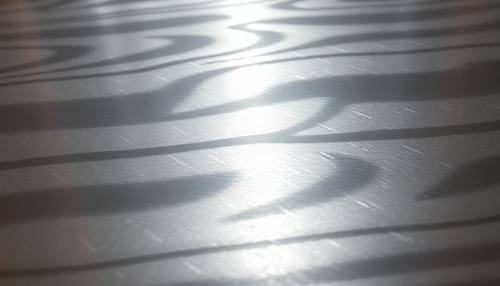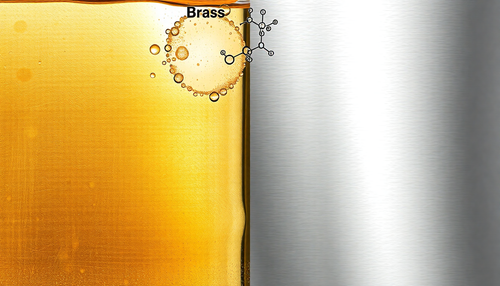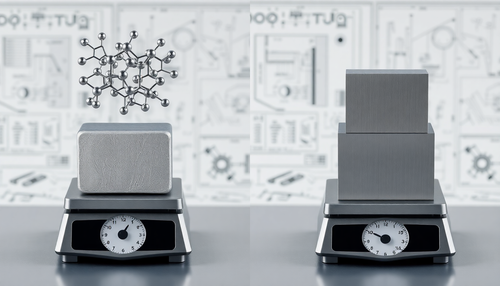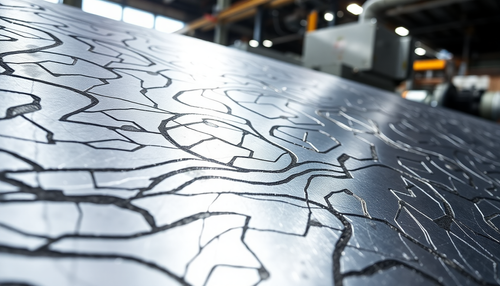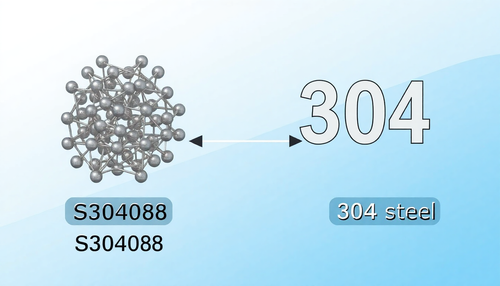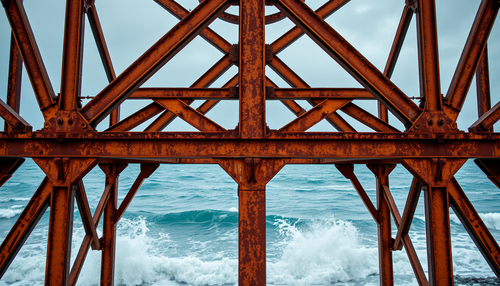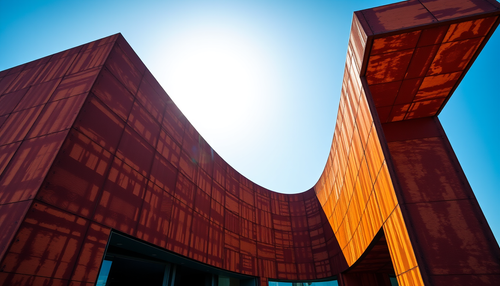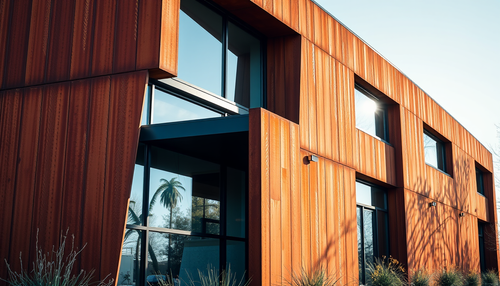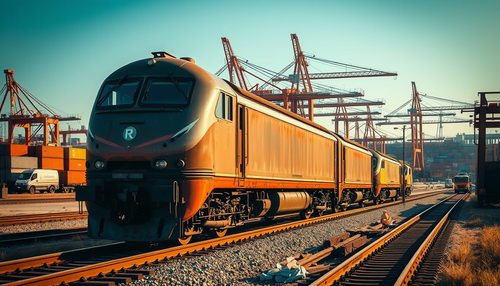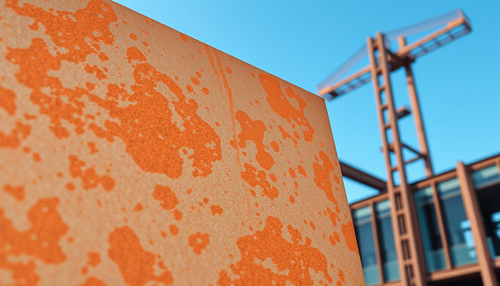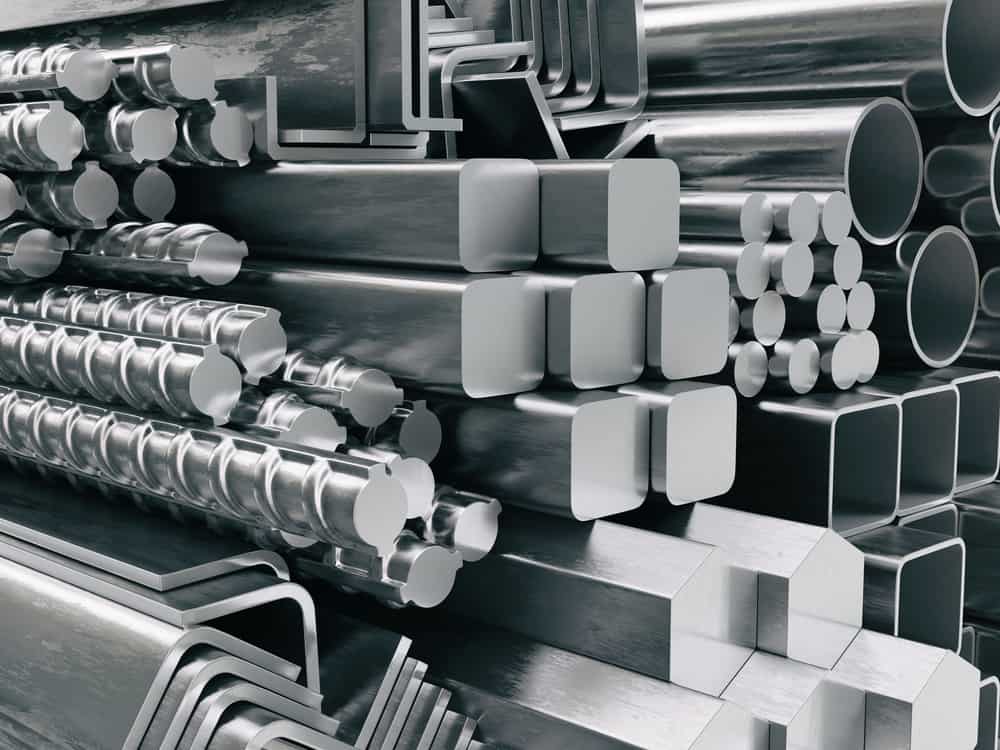
Melting point of steel – low (soft), medium and high melting temperature of carbon steel (temperature)
The melting point of steel is 1300-1540°C (2370-2800°F), depending mainly on the chemical composition of the steel, which can affect the strength of the bonds between atoms. The stronger the bonding force between atoms, the higher the melting temperature.
The melting point of carbon steel depends on the carbon content, generally, the higher the carbon content in the steel, the lower its melting temperature. The melting point of stainless steel and other steel alloys is mainly affected by the alloying elements. Furthermore, the melting temperature of steel is also affected by external pressure. As external pressure increases, the melting temperature of steel decreases. In other words, steel will melt more easily and quickly when heated to higher pressures.
Why is the melting point of steel a range and not an exact point?
As mentioned at the beginning, the melting point of steel depends mainly on the strength of the bonds between the atoms of the chemical composition (alloying element).
All pure metals have stable melting points, for example, pure iron has a melting point of 2,800°F (1,538°C) because it has only one metallic element – “Fe”.
Unlike pure iron, steel has a variety of metallic elements, and each alloying element generally has a specific content range, which results in steel alloys with a wide melting temperature range. Furthermore, there are hundreds of types of steel and the chemical composition of different types of steel varies. Even for the same type of steel, the melting temperature is not exact, taking the most commonly used 304 stainless steel (also known as 18/8 stainless steel, containing 18-20% Cr and 8-10.5% Ni) as an example. ), the melting temperature range is 2550-2790°F (1400-1530°C), because the content of each alloying element is not a fixed value. In addition, steel manufacturers adjust the alloy proportion within the specified alloy content range according to their needs, and different batches of steel have slightly different metal element content. Therefore, it is only possible to measure the melting point of steel with a specific chemical composition.
Melting temperature of various types of steel
The approximate melting temperature of various grades of steel are listed below for reference:
- Steel Melting Temperature: 1300-1540°C (2370-2800°F)
- Melting point of iron (Fe): 1538°C (2800°F);
- Melting point of stainless steel: 1400-1530°C (2550-2790°F);
- Melting point of low carbon steel/mild steel: 1450-1530°C (2640-2800°F);
- Medium/high carbon steel melting temperature: 1425-1530 °C (2600-2800 °F);
- Melting point of galvanized steel: 1400-1530 °C (2550-2790 °F);
- Cast iron melting temperature: 1200°C (2200°F);
- Wrought iron melting point: 1510 °C (2750 °F);
- Melting point of Fe2O3: 1539 °C (2802 °F);
- Melting point of high speed steel: About 1430 °C (2605 °F);
- Alloy steel melting temperature: 1400-1530 °C (2550-2790 °F);
- Cold rolled steel: 1425-1540°C (2600-2800°F)
| Approximate melting point of various types of steel | ||
|---|---|---|
| Steel grades | Celsius (°C) | Fahrenheit (°F) |
| Carbon steel | 1425-1530 | 2600-2785 |
| Mild steel (low carbon) | 1450-1530 | 2640-2785 |
| High carbon steel | 1425-1510 | 2600-2750 |
| Medium carbon steel | 1425-1510 | 2600-2750 |
| A36 steel | 1425-1530 | 2600-2785 |
| S235 | 1450-1530 | 2640-2785 |
| AISI 1020 | 1515 | 2760 |
| steel alloy | 1400-1530 | 2550-2790 |
| AISI4140 | 1425 | 2600 |
| 4340 steel | 1505 | 2740 |
| 9% Ni steel | 1500 | 2730 |
| Maraging Steels (18Ni-200) | 1455 | 2650 |
| Stainless steel | 1400-1530 | 2550-2790 |
| AISI 201 | 1400-1450 | 2550-2650 |
| AISI 304, 304L | 1400-1450 | 2550-2650 |
| AISI 316, 316L | 1375-1400 | 2500-2550 |
| AISI 405 | 1480-1530 | 2700-2790 |
| AISI 409 | 1480-1530 | 2700-2790 |
| AISI 420 | 1450-1510 | 2650-2750 |
| AISI 430 | 1425-1510 | 2600-2750 |
| AISI440C | 1370-1480 | 2500-2700 |
| AISI 446 | 1425-1510 | 2600-2750 |
| 17-4 PH | 1400-1440 | 2560-2625 |
| 350 in the morning | 1400 | 2550 |
| Pure Iron (Fe) | 1538 | 2800 |
| Iron ingot | 1535 | 2795 |
| wrought iron | 1510 | 2750 |
| Pig iron | 1200 | 2200 |
| gray cast iron | 1175 | 2150 |
| malleable iron | 1230 | 2250 |
| Ductile iron | 1175 | 2150 |
| Fe2O3 | 1539 | 2802 |
| Ni-Resistant (15.5-35% Ni) | 1230 | 2250 |
| Duriron (14.5% Si) | 1260 | 2300 |
| Cast Stainless Steels | 1290-1510 | 2350-2750 |
| CA-15 | 1510 | 2750 |
| CA-40 | 1495 | 2725 |
| CB-7Cu-1 | 1510 | 2750 |
| CF-8 | 1425 | 2600 |
| CF-3M | 1400 | 2550 |
| CF-20 | 1415 | 2575 |
| CH-20 | 1425 | 2600 |
| CN-7M | 1455 | 2650 |
| THERE IS | 1510 | 2750 |
| HC | 1495 | 2725 |
| High definition | 1480 | 2700 |
| HE | 1455 | 2650 |
| AF | 1400 | 2550 |
| AH | 1370 | 2500 |
| Hong Kong | 1400 | 2550 |
| HL | 1425 | 2600 |
| HN | 1370 | 2500 |
| HP, HT, HU | 1345 | 2450 |
| HW, HX | 1290 | 2350 |
Related articles:
- Different Types of Steel;
- Difference between low, medium and high carbon steel;
- Metal Density


